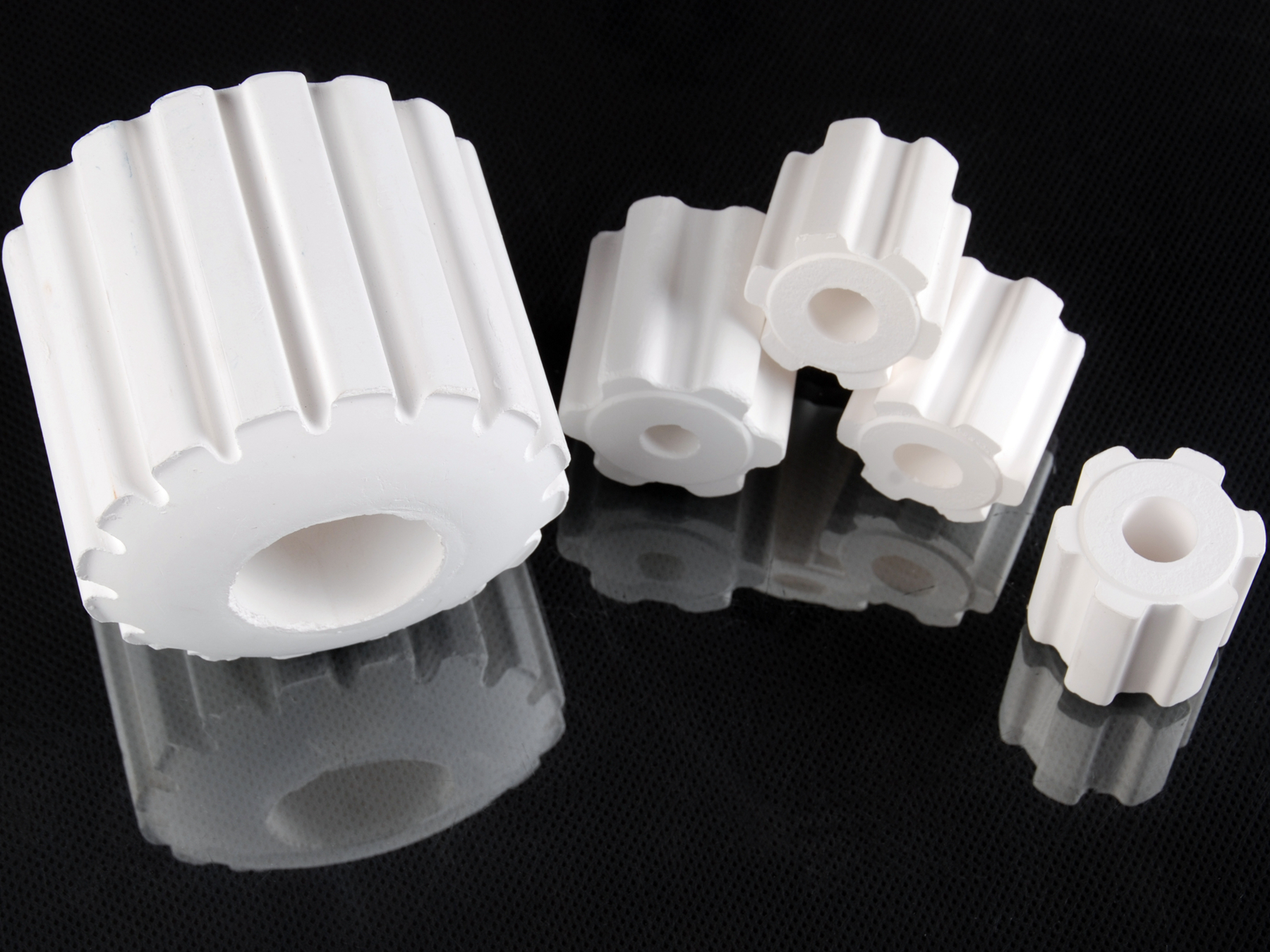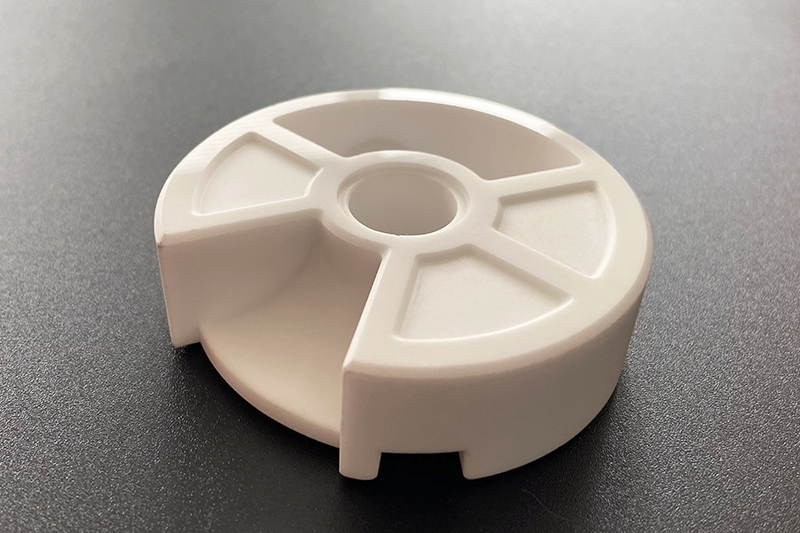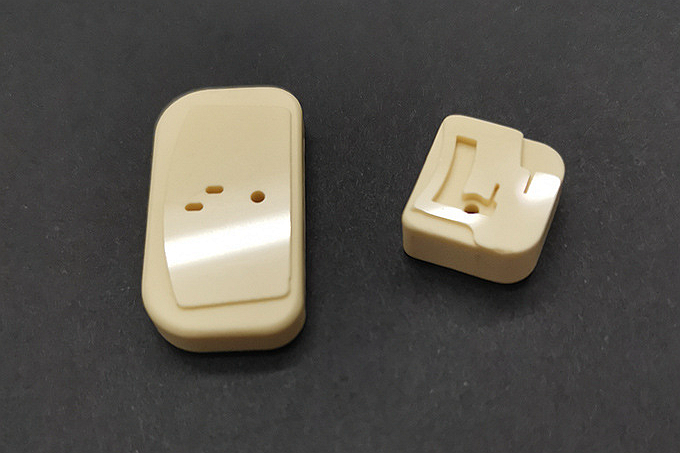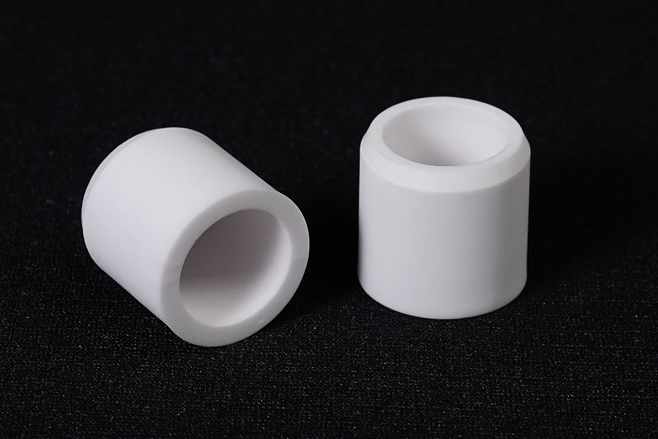How Ceramic Injection Molding Reduces the Cost of Complex Ceramic Parts Ceramic
 How Ceramic Injection Molding Reduces the Cost of Complex Ceramic Parts
How Ceramic Injection Molding Reduces the Cost of Complex Ceramic Parts
Understanding Ceramic Injection Molding (CIM)
What is Ceramic Injection Molding?
Ceramic Injection Molding (CIM) is an advanced ceramic manufacturing technique designed to create precise and highly complex ceramic components. Developed in the mid-20th century, CIM combines ceramic powders with polymer binders to form a malleable feedstock. This feedstock is injected into precision molds, producing complex geometries difficult to achieve with traditional ceramic manufacturing methods.
The CIM process typically includes the following steps:
Feedstock Preparation: Ceramic powders are mixed with binders to form a uniform, injectable feedstock.
Injection Molding: The ceramic-polymer feedstock is injected into precision-engineered molds.
Debinding: The molded parts undergo a debinding process, which removes the polymer binders without compromising the integrity of the ceramic part.
Sintering: The debound parts are heated to high temperatures to fuse ceramic particles, achieving the final density and mechanical properties.
Advantages of Ceramic Injection Molding
High Precision and Repeatability
CIM enables manufacturers to consistently produce parts with extremely tight tolerances, significantly reducing part-to-part variability. The precise control injection molding technology offers high-quality, repeatable outcomes that are ideal for intricate industrial components.
Efficient Complex Geometry Production
Ceramic Injection Molding allows the creation of intricate features, undercuts, and thin walls that are either impossible or costly using conventional ceramic manufacturing techniques. This reduces the reliance on secondary machining processes and further reduces costs, which is especially beneficial in electronics applications.
Reduced Secondary Machining and Finishing
Traditionally, ceramics require extensive secondary machining and finishing operations, such as grinding or polishing. CIM significantly minimizes the need for these operations since parts are molded close to their final shape. This directly translates into cost savings and increased efficiency.
How Ceramic Injection Molding Reduces Costs
Efficient Complex Geometry Production
Complex geometries present substantial manufacturing challenges with conventional methods like machining or casting. These methods often result in higher costs due to material waste, prolonged production cycles, and the necessity of manual operations. CIM efficiently addresses these challenges by injecting the material directly into the required complex shape, eliminating the need for costly tooling and machining.
Significant Reduction in Secondary Operations
With traditional ceramics manufacturing, secondary processes such as grinding, drilling, and polishing can significantly increase production time and costs. CIM dramatically reduces these requirements. Molded components are highly accurate and typically require minimal finishing, thereby decreasing labor and operational overhead.
Material Waste Minimization
One of the key benefits of CIM is its material efficiency. Since CIM molds parts directly to their near-final shapes, waste generation is minimized compared to traditional machining processes. The efficiency in material use reduces overall production costs, contributing positively to environmental sustainability.
Improved Scalability and Production Volume
CIM offers excellent scalability, making it highly suitable for both small and large-scale production runs. Though significant, the initial mold tooling investment pays off rapidly as production volume increases. This makes CIM particularly advantageous for industries needing consistent quality in high-volume production environments.
Real-World Applications and Case Studies
Industries such as medical, automotive, and electronics significantly benefit from CIM's cost efficiency:
Medical Devices: CIM produces highly precise components like dental implants and surgical tools, drastically reducing costs associated with medical-grade manufacturing.
Automotive Sector: CIM is leveraged to produce wear-resistant, heat-stable components like spark plugs and sensors, contributing to cost efficiency through large-scale production.
Electronics Industry: CIM's precision and material properties make it ideal for creating intricate electronic components, achieving reduced manufacturing costs.
Maximizing Cost Efficiency with CIM
Manufacturers can further optimize CIM’s economic benefits through:
Strategic Mold Design: Investing in optimized mold design minimizes material waste and defects, greatly enhancing cost-effectiveness.
Appropriate Material Selection: Selecting the correct ceramic materials ensures compatibility and maximizes performance and productivity, significantly impacting overall costs.
Production Planning: Accurate demand forecasting and planning ensure that mold investments quickly translate into profitable production runs.
Challenges and Limitations
Although CIM provides considerable advantages, manufacturers must address several challenges:
Initial Tooling Costs: The upfront investment in molds and tooling is substantial, though cost-effective for high-volume productions.
Size Constraints: CIM is most economically viable for small-to-medium-sized complex parts, whereas larger sizes can increase costs disproportionately.
Mitigation Strategies: Collaboration with experienced CIM providers helps manage these limitations through tailored design and process solutions.
Conclusion
Ceramic Injection Molding offers an efficient, cost-effective alternative for manufacturing complex ceramic components. Its capacity to reduce waste, minimize secondary operations, and scale economically positions CIM as a vital manufacturing process. Manufacturers across multiple industries can significantly lower production costs and enhance component quality and performance by strategically employing CIM.



